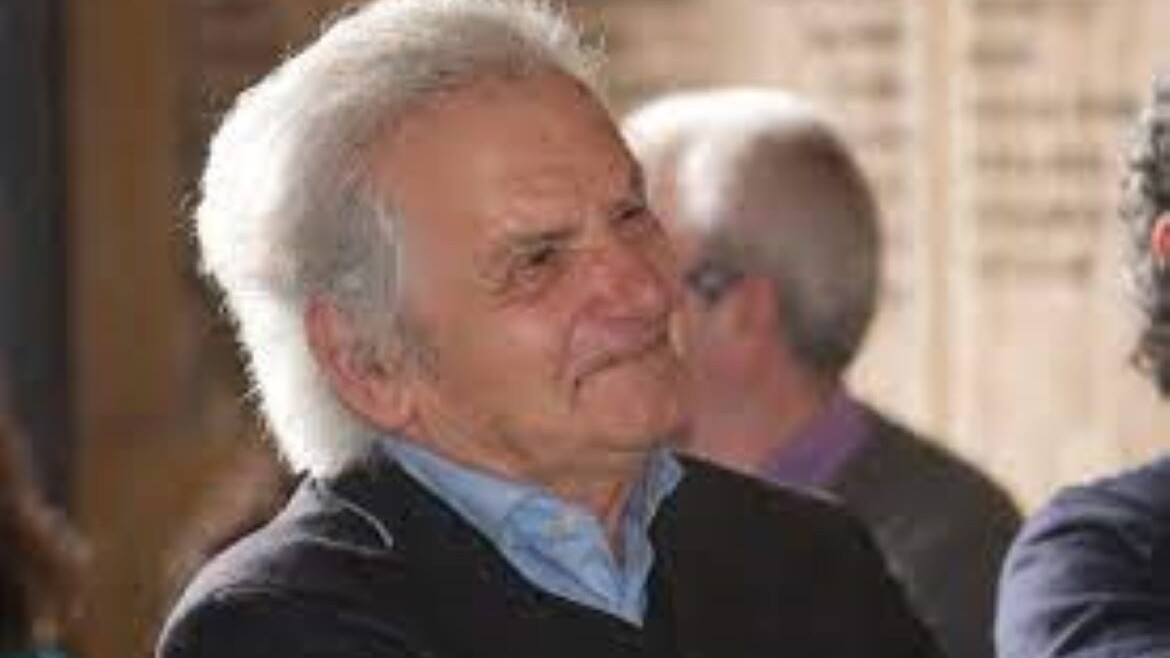How did Italy’s public debt build up over the last seventy years? How did the various successive governments arrive at the record figure of almost 2,900 billion today? Romanello Cantini (who passed away last year) gave an answer to these very topical questions in a book published posthumously by his family, the title of which he also thought up: “The Museum of Errors. History of the Italian Public Debt” and which will be presented on Saturday 4 November 2023 (4:00 p.m.) at the Ridotto del Teatro del Popolo in Castelfiorentino (Piazza Gramsci).
The evening, which is promoted by the Municipality of Castelfiorentino in collaboration with the family and the contribution of Banca Cambiano 1884 Spa, will be introduced by greetings from the Mayor, Alessio Falorni, and the President of Banca Cambiano 1884 Spa, Paolo Regini. Other speakers will include historians and journalists who were friends of the late intellectual: Pier Luigi Ballini, Professor Emeritus of Contemporary History at the University of Florence (Faculty of Political Science), Andrea Fagioli (journalist and television critic), Giovanni Pallanti (journalist and writer), and finally Marcello Mancini (journalist and writer), who will also act as moderator.
As the introduction states, the book ‘tells in detail how the Italian public debt, which is known to be one of the highest in the world, was formed over the last seventy years. Several factors have contributed to this. “welfare choices made by governments, political forces and trade unions”, “early pensions, liabilities of state-owned companies” and so on, but also decisions taken at particular times, such as the one made by “Andreatta and Ciampi who, by forbidding the Bank of Italy to buy Treasury bonds, caused an enormous increase in the interest on public bonds”, without sparing austerity policies and the “public debt accumulated by the Monti government in deference to the will of the European Commission”. Of each of these decisions, the book “reconstructs the story, indicating protagonists and responsibilities”.
“Romanello Cantini,” his son Lapo writes in the preface, “does not discount anyone. Technical, political, Pentapartite or, more recently, centre-right or centre-left governments: no one is immune from blame”.
Yet Romanello Cantini does not necessarily judge the policy of indebtedness as negative. “At times, the motivations,” he writes, “were more than noble.These included the attempt to reduce employment, the desire to shorten the inequality between North and South, the commitment to reduce emigration”. “Even today,” he adds, “Italians still owe to the public debt contracted then the fact that they achieved, with the highest individual savings, the greatest level of ownership of movable and immovable property in Europe”.
“For me,2 observes the president of Banca di Cambiano 1884 spa, Paolo Regini, “Romanello was a friend to learn from, always open to listening and dialogue even when our political positions did not see eye to eye. I also remember his convinced support for the publication of the 4 volumes of the History of Castelfiorentino, when I was Mayor”.
“It is a pleasure,” emphasises the Mayor, Alessio Falorni, “to be present at the presentation of the book by a great Castelfiorentino intellectual, whom we are doing our best to honour. This will also be an opportunity to make an important reflection on a very incisive event in the history of Italy”.


